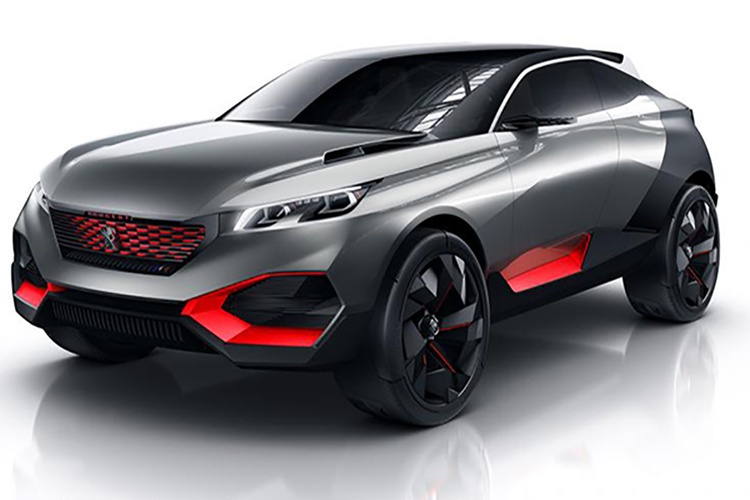Understanding Pricing Strategies for Chinese Luxury Cars
The Chinese luxury car market has evolved significantly, introducing vehicles that combine premium features with competitive pricing. These automobiles represent a growing segment in the global automotive industry, offering alternatives to established European and American luxury brands. Understanding their pricing structure requires examining multiple factors, from manufacturing costs to market positioning.

How Manufacturing Costs Impact Chinese Luxury Car Prices
Chinese luxury vehicles benefit from lower production costs compared to their international counterparts. Local manufacturing facilities, government incentives, and established supply chains contribute to competitive pricing strategies. Advanced manufacturing technologies and automation help maintain quality while managing costs effectively.
Market Positioning and Brand Value Considerations
Chinese luxury car brands position themselves strategically in the market, often offering premium features at price points below traditional luxury manufacturers. This approach reflects a careful balance between establishing brand prestige and maintaining accessibility. Brands like NIO, Li Auto, and XPeng have developed distinct market positions through innovative technology integration and competitive pricing.
Technology Integration and Price Implications
Advanced technology features significantly influence Chinese luxury car prices. Electric powertrains, autonomous driving capabilities, and connected car technologies contribute to the overall cost structure. These technological investments are often offset by scale economies and government support for new energy vehicles.
Regional Price Variations and Export Considerations
Export markets see varying prices for Chinese luxury vehicles due to factors including shipping costs, import duties, and local market conditions. Price structures differ notably between domestic Chinese markets and international destinations, reflecting necessary adaptations for each market’s competitive landscape.
Current Market Pricing Overview
| Brand Model | Base Price Range (USD) | Key Features |
|---|---|---|
| NIO ET7 | $69,000 - $81,000 | Electric powertrain, autonomous capabilities |
| Li Auto L9 | $68,000 - $76,000 | Extended range electric, luxury interior |
| XPeng P7 | $47,000 - $60,000 | Advanced driver assistance, premium tech |
| HiPhi X | $87,000 - $105,000 | Ultra-luxury features, innovative design |
Prices, rates, or cost estimates mentioned in this article are based on the latest available information but may change over time. Independent research is advised before making financial decisions.
Understanding Long-term Value Propositions
When evaluating Chinese luxury cars, considerations extend beyond initial purchase prices. Factors such as warranty coverage, maintenance costs, and projected resale values contribute to the total ownership experience. These elements form an integral part of the pricing strategy and value proposition offered by Chinese luxury automotive brands.
The pricing landscape for Chinese luxury vehicles continues to evolve as manufacturers establish their presence in global markets. While maintaining competitive pricing advantages, these brands increasingly focus on building value through innovation, quality improvements, and enhanced customer experiences.




